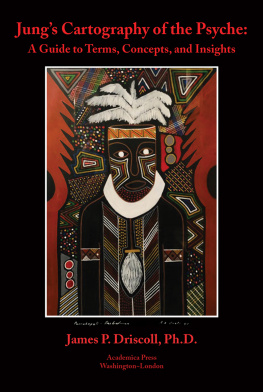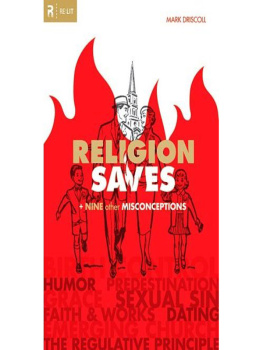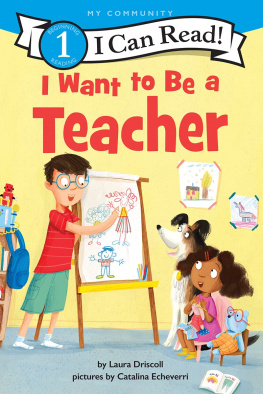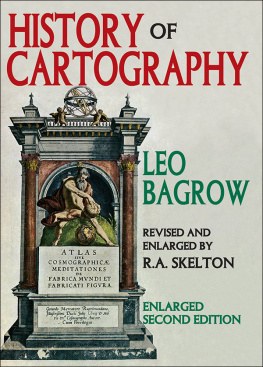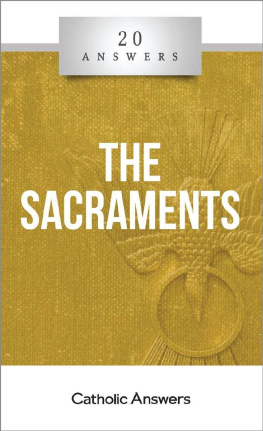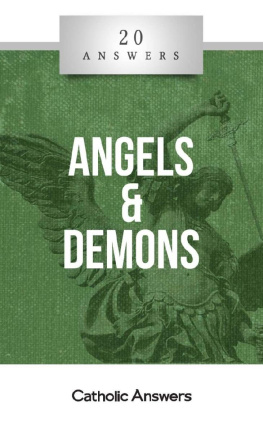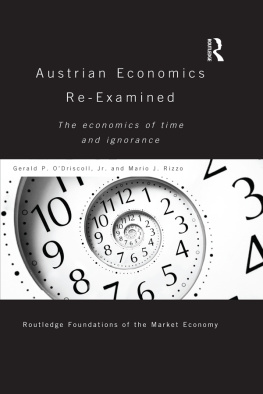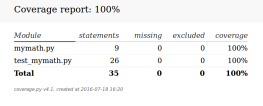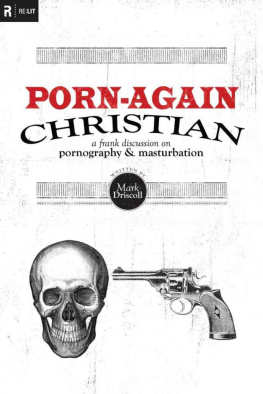INTRODUCTION
Carl Jung created a rich vocabulary of psychological terms and an array of concepts that allow us to more readily explore, discuss, and understand features of the psyche that previously were difficult to identify, articulate, and grasp. These terms and concepts taken together form a basic cartography of the human psyche. Unlike other glossaries and lexicons of Jungian terms, which are more clinically oriented, this work attempts to expand Jungs insights beyond psychotherapy in order to broaden the range of implication for his ideas and explore their philosophical basis. Toward that end, it introduces heuristic terms and concepts from other seminal modern thinkers: for example, those of A.N. Whitehead, Henri Bergson, and Martin Heidegger, as well as feminist and LGBT scholars. Thereby, it attempts to place Jung in the context of major modern thinkers and thought trends. We can often understand Jungs ideas better if we step outside to view them from the Archimedean points of other exceptional thinkers.
Specifically, this guide is tailored to serve those approaching Jung from literary and art criticism, theology, and philosophy. Some clinical terms, like neurosis, have been omitted while other non-Jungian theological, literary, and philosophical terms are included. Following paths blazed by Erich Neumann, Joseph Campbell, James Hillman, Edward Edinger, Andrew Samuels, Murray Stein, Marie-Louise von Franz and many others, I have attempted to take Jungs ideas in new, sometimes radically novel, directions, particularly with his ideas on the self, theology, and the Godhead. Many of my definition/commentaries reflect this ambition. The reader will notice that examples of Jungian archetypal functions and dynamics are frequently drawn from Shakespeare rather than the folklore and alchemy Jung relied on. Ironically perhaps, since the Bard was neglected by Jung himself, a disproportionate number of the most compelling illustrations in Western literature for Jungs ideas are in Shakespeare. Many of the entries herein are brief summaries of vast subjects, like tiny windows giving a glimpse of an immense vista. I hope that the reader will be moved to explore these subjects further; if so, the Bibliography at this works close can be helpful.
Other excellent dictionaries and lexicons of Jungian terms, such as the works by Andrew Samuels, Daryl Sharp, and Robert Hopcke, are written from a clinicians point of view. This guide is less technical than theirs and written more for laymen approaching Jung from backgrounds outside clinical psychology. The choice of the term guide, rather than lexicon, dictionary or glossary, is somewhat arbitrary, but seems more descriptive than those alternatives. My hope is that for readers who are not Jung specialists my short accounts will prove useful and heuristic toward application of Jung to literature, philosophy, the political realm, and religion. Jung always wanted his ideas to spread into these other fields. Indeed, our understanding of them will be sadly restricted if we refuse to utilize Jungs formidable expansion of our knowledge of the complexities of the human personality and psyche.
Let us suppose that Carl Jung had explored previously uncharted geographic regions, like a Vasco da Gama or Captain James Cook, and that he brought back a wealth of findings including rough maps. These would be of great interest, but we would not confine our investigations to his findings. We would use them to guide further, deeper explorations of our own. Although there is still much to be learned from Jungs own writings on the self, ego, persona, shadow, anima, animus and other major psychic structures, much can also be gained from approaching the structures he discovered with new or different cultural perspectives and conceptual tools that can offer fresh information and novel insights. For example, if, as I propose to do, we treat the self, anima and other personified archetypes as real structures in the psyche, rather than as theories of Jungs, we will approach them differently.
This is not to say that Jung himself or Jungian scholars have become old hat, far from it. Indeed, Jung would want us to use his methods as navigation tools, and his discoveries as jumping off points, for our own deeper explorations of the structures and processes he discovered in the psyche. He encouraged creative followers, like Erich Neumann and Marie Louise von Franz, who did this. Notwithstanding, this approach repudiates those positivistic and Marxist critics who, imputing inaccuracies to Jungs descriptions of psychic phenomena take these as proof that the phenomena themselves do not exist. Their dismissal of Jungs discoveries makes no more sense than citing the differences between Cezannes painting of Mount St. Victoire and a photograph of the geological structure as proof that Cezannes mountain does not exist. Jung, the great explorer of the psyche discovered or identified new structures and processes: the task of posterity is to further explore, describe, and define them more thoroughly and accurately.
However, the revolutionary impact of Jungs findings for the entirety of humanity has yet to be grasped let alone digested. The required paradigm change has been slow and remains only in its initial stages. Most educated people still operate on a model of the human mind as outdated as Ptolemaic astronomy. Most are still grappling to get their arms around Freuds discovery that there actually is an unconscious psyche that surrounds and can powerfully influence the egos conscious life. Few are ready to examine that unconscious in detail, to explore, with Jung, its specific structures, patterns, processes, and laws. Most are content to remain silent on a peak in Darien. Fewer still are prepared to grapple with the vast implications of Jungs discovery of an oceanic collective unconscious whose currents and tides profoundly shape our conscious lives and all our dealing with the world along with the evolution of entire societies and civilizations.
The expansion of mans inner world beyond the tiny spot lighted island of our conscious egos is paralleled by a far vaster expansion of humanitys grand context, the known universe itself. Astronomers believe there are four trillion (4,000,000,000,000) galaxies in the known universe. Our own Milky Way, a typical spiral galaxy somewhat larger than average, but no giant, contains approximately three hundred billion stars (300,000,000,000). Scientists speculate that revolving around the stars of our galaxy are at least one billion planets that can support some form of life. Let us assume that only one in one million of these auspicious planets sustains intelligent life that has developed civilizations at least comparable to what the earth had in the pre-technological era, between 2000 B.C. and 1800 A.D. when the great religions formed. That would mean that the known universe may host not four trillion but four quadrillion worlds (4,000,000,000,000,000) that support intelligent species forming diverse religions and wondering about the meaning of life and the God or gods who made it all. Moreover, it seems likely that the majority of this enormous plethora of species believed, at some point in their development, that the god who made the universe and themselves, made them in his own image. That would give God four quadrillion different faces!

